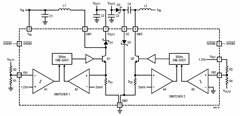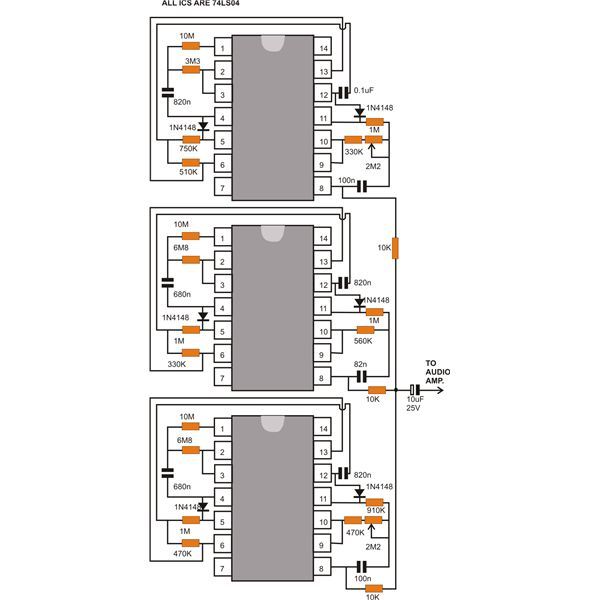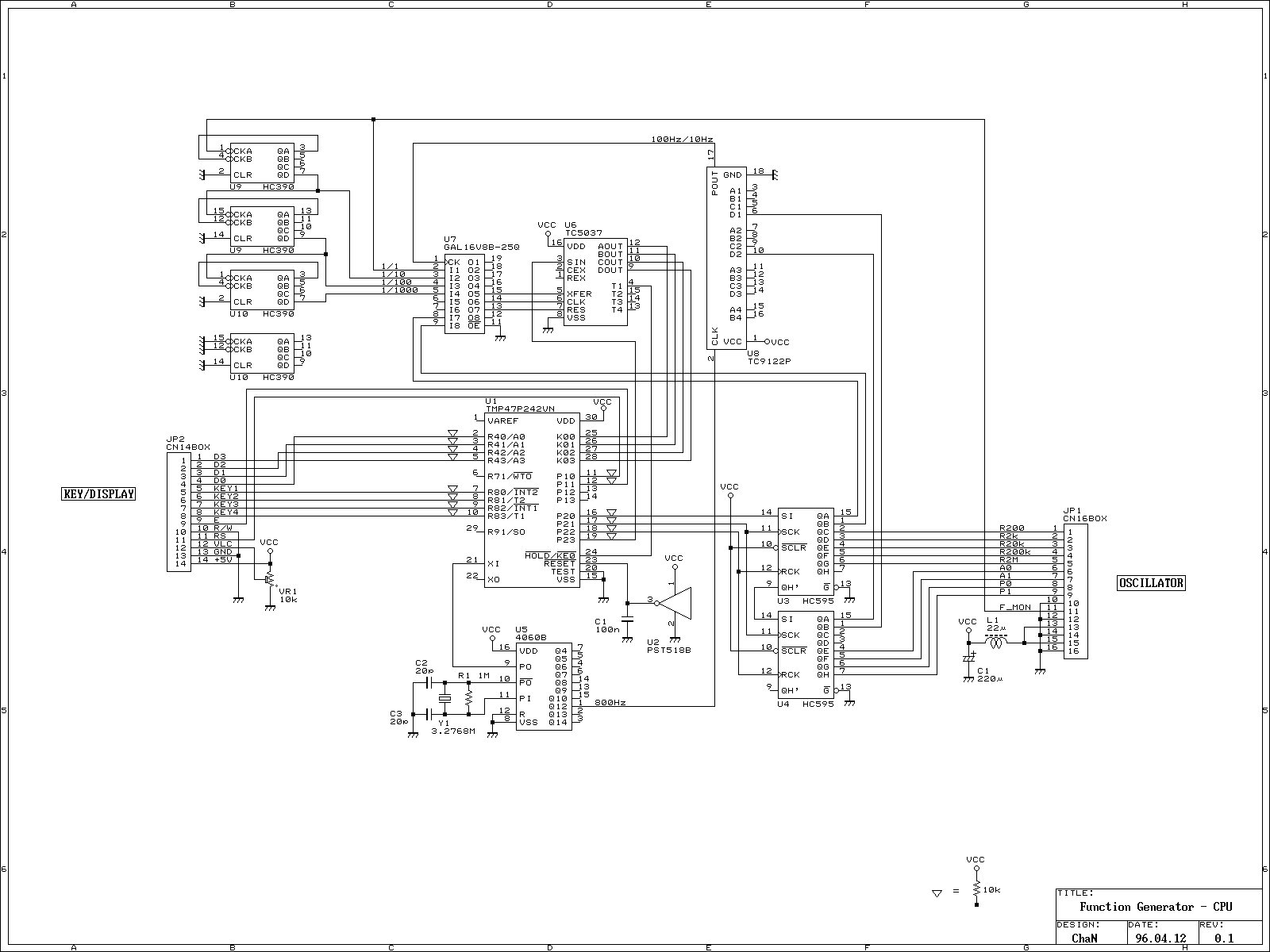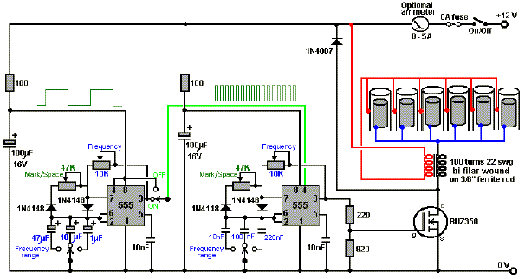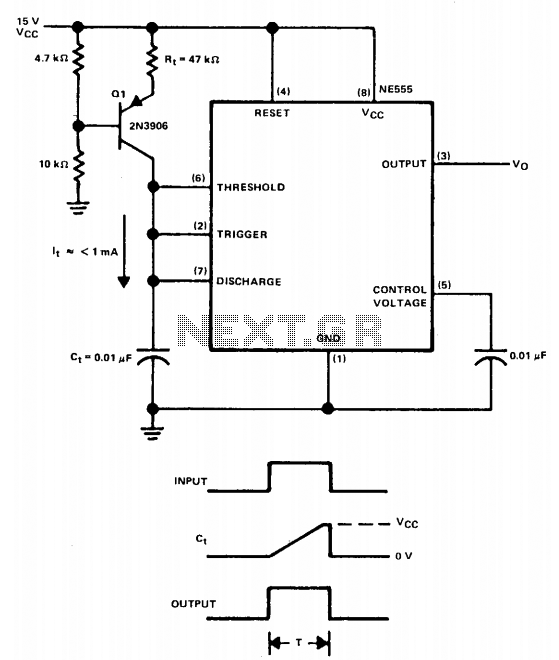
PLL1706DBQ 3.3-V DUAL PLL MULTICLOCK GENERATOR
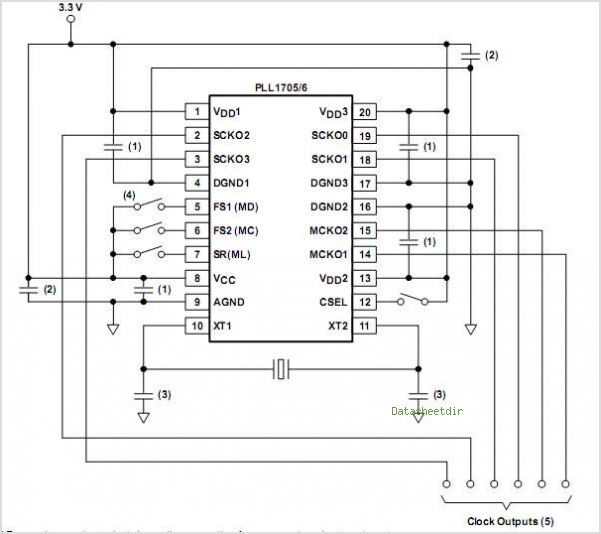
This application report presents a potential solution to the telecom plug-in power issue, utilizing a nominal 48 Vdc system bus and a module that requires two low-voltage supply outputs. It includes a comprehensive design methodology for customizing the circuit to meet the specific requirements of the user's system. The solution is based on two device families provided by Texas Instruments: the UCC3913 and UCC3921 Hot Swap power manager integrated circuits (ICs), as well as the PT3320 series of integrated Switching Regulators (ISRs).
The application report focuses on addressing the challenges associated with powering telecom modules from a 48 Vdc system bus. The design methodology outlined in the report emphasizes the importance of tailoring the circuit to accommodate specific operational requirements, such as load current, voltage levels, and transient response.
The UCC3913 and UCC3921 are designed to manage hot swapping, allowing for the safe insertion and removal of modules without disrupting the power supply. These ICs provide features such as overcurrent protection, voltage monitoring, and fault management, which are critical for maintaining system reliability in telecom applications.
The PT3320 series of integrated Switching Regulators (ISRs) offers efficient voltage regulation, converting the higher 48 Vdc input to the required lower voltage outputs necessary for the telecom module's operation. These ISRs are designed for high efficiency and thermal performance, ensuring minimal power loss and heat generation during operation.
Incorporating these components into the design allows for a robust power management solution that meets the stringent requirements of telecom applications, ensuring reliable performance and longevity of the system. The report serves as a valuable resource for engineers seeking to implement an effective power management strategy in telecom systems while optimizing for efficiency and reliability.This application report presents one possible solution to the telecom plug-in power problem, based on a nominal 48 Vdc system bus and a module needing two low-voltage supply outputs. The material includes a detailed design methodology for tailoring the circuit to the specific requirements of the reader`s system.
The solution is based on two dev ice families offered by Texas Instruments, the UCC3913 and UCC3921 Hot Swap power manager ICs, and the PT3320 series of integrated Switching Regulators (ISRs). 🔗 External reference
The application report focuses on addressing the challenges associated with powering telecom modules from a 48 Vdc system bus. The design methodology outlined in the report emphasizes the importance of tailoring the circuit to accommodate specific operational requirements, such as load current, voltage levels, and transient response.
The UCC3913 and UCC3921 are designed to manage hot swapping, allowing for the safe insertion and removal of modules without disrupting the power supply. These ICs provide features such as overcurrent protection, voltage monitoring, and fault management, which are critical for maintaining system reliability in telecom applications.
The PT3320 series of integrated Switching Regulators (ISRs) offers efficient voltage regulation, converting the higher 48 Vdc input to the required lower voltage outputs necessary for the telecom module's operation. These ISRs are designed for high efficiency and thermal performance, ensuring minimal power loss and heat generation during operation.
Incorporating these components into the design allows for a robust power management solution that meets the stringent requirements of telecom applications, ensuring reliable performance and longevity of the system. The report serves as a valuable resource for engineers seeking to implement an effective power management strategy in telecom systems while optimizing for efficiency and reliability.This application report presents one possible solution to the telecom plug-in power problem, based on a nominal 48 Vdc system bus and a module needing two low-voltage supply outputs. The material includes a detailed design methodology for tailoring the circuit to the specific requirements of the reader`s system.
The solution is based on two dev ice families offered by Texas Instruments, the UCC3913 and UCC3921 Hot Swap power manager ICs, and the PT3320 series of integrated Switching Regulators (ISRs). 🔗 External reference
